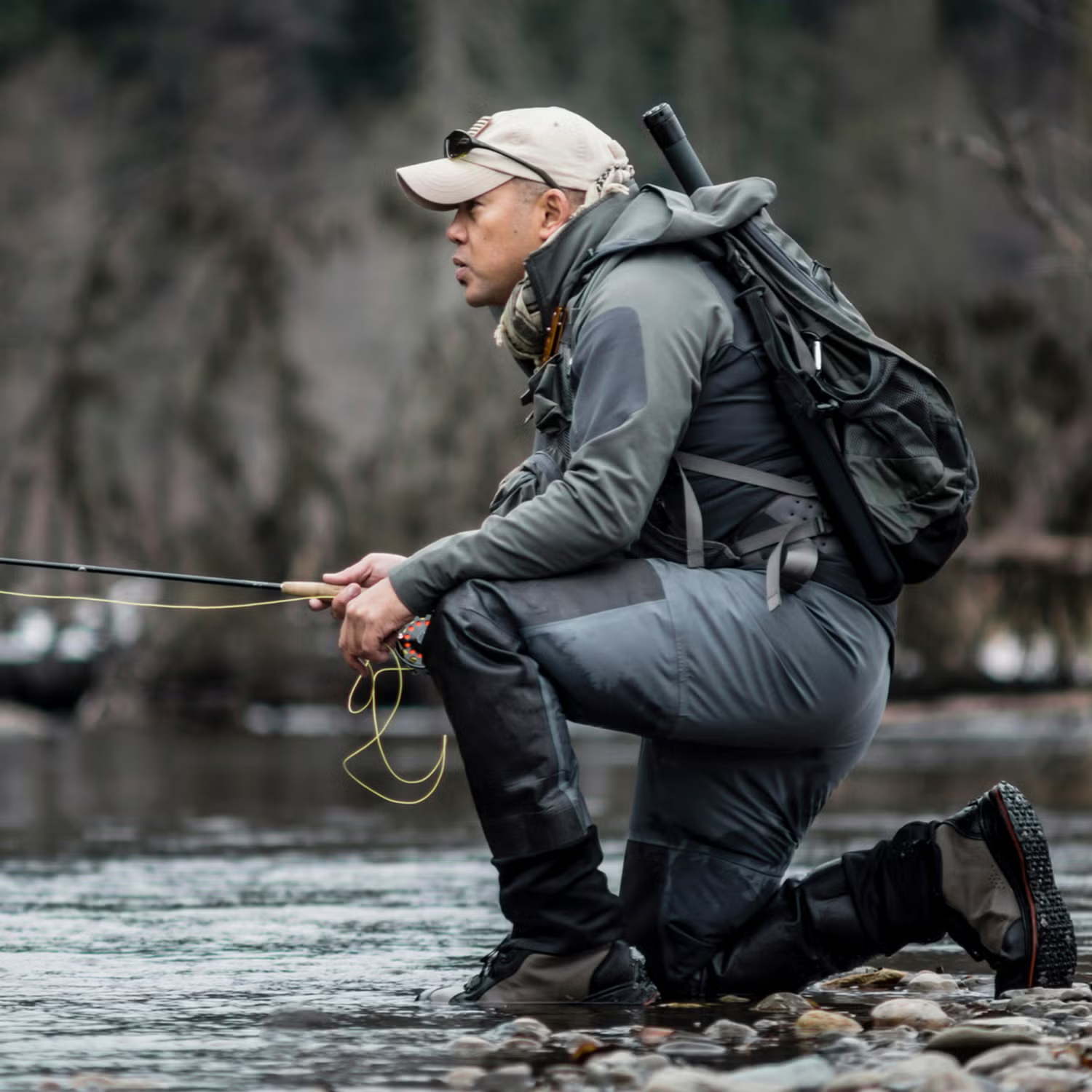Why a Fly Fishing Backpack is Essential
When preparing for a day on the water, having a reliable Fly fishing backpack can make all the difference. A well-chosen backpack not only keeps your gear organized but also ensures comfort during long treks to remote fishing spots. The right backpack allows you to carry rods, reels, flies, tippets, and other essentials securely while keeping them easily accessible. Without a quality fly fishing backpack, anglers may find themselves fumbling for gear, which can detract from the experience and even cost opportunities to land fish.
Choosing the Right Fly Fishing Backpack
Selecting the perfect backpack begins with evaluating your typical fishing outings. Consider the size, number of compartments, and material durability. A fly fishing backpack with multiple compartments helps separate flies, leaders, tools, and personal items, preventing tangles and damage. Look for waterproof or water-resistant materials to protect your gear in unpredictable weather. Comfort is also crucial, so padded straps and adjustable harnesses ensure that you can carry your load all day without strain. A lightweight but durable backpack is ideal for long hikes or wading trips.
Packing Your Fly Fishing Backpack Efficiently
Efficiency starts with organizing your items by priority and frequency of use. Place frequently used tools such as nippers, forceps, and floatant in easily accessible pockets. Your fly boxes should be stored in compartments that are easy to reach but protected from moisture and impact. Rods and reels can be attached externally or placed in dedicated sections depending on your backpack design. Always pack heavier items closer to your back to maintain balance. A properly packed fly fishing backpack reduces fatigue and ensures quick access to gear when a fish strikes.
Essential Gear to Include in Your Backpack
Every angler has a slightly different setup, but some essentials are universal. Your fly fishing backpack should accommodate extra lines, tippets, leaders, a small first-aid kit, sunscreen, and snacks for extended trips. Rain gear or a lightweight jacket can be lifesavers in sudden weather changes. Consider including a landing net and a water bottle to stay hydrated. The key is to balance preparedness with weight, keeping your backpack manageable without leaving out critical items.
Organizing Flies and Terminal Tackle
Flies are the heart of any fly fishing expedition, and their organization within your fly fishing backpack is vital. Use labeled fly boxes sorted by type, size, and water conditions. Terminal tackle such as split shot, tippet spools, and strike indicators should have designated compartments to avoid tangles. Efficient organization allows you to adapt to changing conditions without wasting time searching for the right fly or accessory. Properly arranged gear ensures your fishing day is productive and enjoyable.
Maintaining Your Fly Fishing Backpack
To extend the life of your backpack, regular maintenance is essential. After each trip, empty your fly fishing backpack and rinse it with fresh water if it has been exposed to dirt, mud, or saltwater. Allow it to dry completely before storage to prevent mildew. Check zippers, straps, and compartments for wear and repair any damage promptly. A well-maintained backpack not only protects your gear but also enhances your comfort and efficiency on future outings.
Tips for Maximizing Comfort and Accessibility
Adjusting your fly fishing backpack correctly can prevent strain and make carrying heavy loads easier. Tighten straps to keep the pack snug against your back, and use hip belts to distribute weight evenly. Organize your backpack so that items you reach for most frequently are at the top or in side pockets. Consider modular accessories or small pouches for quick swaps of flies or tools. Thoughtful packing and proper adjustment ensure that your backpack supports your fishing adventure rather than hindering it.
Conclusion
A well-packed fly fishing backpack is more than just a bag; it’s an essential tool that enhances your fishing efficiency, comfort, and enjoyment. From selecting the right backpack to organizing flies, tools, and accessories, each step matters. By maintaining your backpack and packing strategically, you ensure that every outing is seamless and productive. Prioritizing organization, accessibility, and comfort in your fly fishing backpack transforms your fishing trips, allowing you to focus on the thrill of the catch rather than the hassle of managing gear.



